10 Fascinating Hidden Gems in Central Park
Looking for the most fascinating hidden gems in Central Park? This guide is full of treasures and secrets of Central Park that make an ordinary visit to the most famous of New York City parks just a little extra interesting!
Daily life in NYC can sometimes feel like a collective, cacophonous inhalation of smoggy air and hot subway breezes. Although that may sound like a nightmare, sometimes the screech and rattle of the ancient A train R32 subway cars can produce a warm breath that is oddly comforting and grants the soul a brief respite from the tendency to hyperventilate the New York experience.
However, in the case that all that makes you feel like you want to hold your breath, a trip to Central Park might be in order so that you can peacefully exhale, and let the sprawling greenery breathe fresh air right back at you.
We have Frederick Law Olmsted to thank for the design of the park, along with his senior partner, Calvert Vaux. The two had a heavy hand in shaping the present and the future of New York City, and enough imagination to picture and protect a green oasis at the center of the crossroads of the world when the area surrounding the park was more suburban than staunchly urban.
Their names will continue to pop up throughout this article as elements of the park credited to them appear at every turn and within every hidden spot in Central Park. These two also designed the most famous of parks in Brooklyn too, Prospect Park.
Without further ado, here are 10 hidden gems in Central Park to add to your next visit, one of the best things to do in NYC!
Also, if you love secret spots with a cool backstory check out our favorite hidden gems in NYC and the best hidden gems in Brooklyn for more.
About the Author
Eli Kimbell is a born and raised New Yorker from Greenwich Village. He is currently pursuing a master’s degree in liberal arts at the University of Richmond.
Central Park Hidden Gems
Belvedere Castle
One of the coolest Central Park hidden gems is a castle! Originally completed in 1872, Belvedere Castle sits atop the second-highest natural point in Central Park, and its location was chosen for this purpose.
Calvert Vaux designed this Central Park hidden gem with architect Jacob Wrey Mould, for the simple purpose of constructing a lookout point to view the surrounding park and city.
The construction was carried out by using the Manhattan Schist rock the castle sits atop, to give it the appearance of rising out of the natural landscape.
The medieval structure is known as a “folly”, which essentially means that it has no other purpose than to appear as a working structure. It was originally designed without any windows or doors—only arches and openings in the walls where windows would be—and although its appearance from the Great Lawn to the north is quite majestic, the castle itself is much smaller than it appears to be from afar.
For over a century, Belvedere Castle and its immediately surrounding areas have been used as a weather measuring point for the city.
The castle sits at the southern end of the Turtle Pond just above the 79th St. Traverse, with expansive views of the pond (and its many turtles, of course) and the Great Lawn to the north. Turtle Pond is one of the most enchanting picnic spots in NYC if you ask me!
If you love castles, be sure to visit our guide to the best New York castles! There are surprisingly alot!
Seneca Village
View this post on Instagram
Although Central Park mainly draws visitors for its serene vistas and incongruously natural landscape, history buffs find solace here too, particularly in imagining what the park might have looked like or who inhabited this land even before it was a park at all.
For those who enjoy a brief history lesson and perhaps a bit of mystery, Seneca Village presents itself as one of the most historically rich parts of the park.
Located between 82nd and 86th streets on the west side of the park along Central Park West, this 19th century settlement is one of the most well-kept secrets of Central Park, particularly because it currently is not here. Seneca Village was once composed of a predominantly African-American population, and according to historians up to one-third of its residents may have been Irish as well.
No one truly knows how it got its name, but it was either a derogatory slur intended to demean it as a shantytown and compare it to the Native American Seneca tribe, or it was a respectful ode to Seneca Falls in upstate New York, which was once a hotbed of the abolitionist movement.
There are no surviving photographs of Seneca Village before it was razed by park developers Olmstead and Vaux, but excavations of the site have revealed that it was likely a middle-class community that was largely self-sufficient and were forced to leave their home for the construction of the park.
Multiple informational signs line the pathways of this Central Park hidden gem and not frequently talked about dark history, each granting passersby a little bit more of a window into what the park was like before the park existed.
Read this piece by The New York Times to dive a little deeper into the history of Seneca Village and this dark secret of Central Park.
The Met Rooftop
View this post on Instagram
Although the entrance to the Met, aka Metropolitan Museum of Art, borders Central Park at 82nd street, the majority of the building lies within the confines of the park west of 5th Avenue which is why I decided to include it in this round up of fascinating Central Park hidden gems!
The museum itself is often a spot on the checklist of New York tourists and locals alike because its one of the most famous museums in NYC, but often its rooftop garden goes overlooked, despite its perspective of Central Park that is unlike any other.
The rooftop is truly the only building in the park that offers a 360-degree view of the surrounding tree line and skyline from within, making it a spectacular hidden gem in Central Park.
The art installations on the rooftop change seasonally, and currently (Summer 2021 through October 2021) the featured artist is Alex De Corte, who has constructed an Alexander Calder-inspired crescent moon figurine on which sits an eight and a half foot-tall blue Big Bird, who spins with the changes of the wind to look out on Central Park along with those who venture to the top of the Met.
Apart from the powerful vistas, the rooftop also provides drinks and snacks from the bar, so you can sip on something refreshing as you take in this Central Park hidden gem!
This is one of the few free museums in NYC for residents of New York State as well as students in New York, New Jersey, and Connecticut, and entrance is $25 for adults who don’t fall into this criteria ($12 for students not in the tristate area).
The Obelisk
View this post on Instagram
The Obelisk is Central Park’s oldest manmade structure, dating back to circa 1500 B.C.E., and contains the best-kept secret of Central Park, bar none. Some call the Obelisk, Cleopatra’s Needle and can be found west of the Met in Central Park.
In 1879, it was announced as a gift from Egypt to the United States, and after its current site was chosen, it was erected in 1881 just after the opening of the Met.
This Central Park hidden gem was constructed for the celebration of Pharaoh Thutmose III’s 30th year of reign and stood for centuries, before being toppled in a Persian invasion in 525 B.C.E. It remained buried in sand for the next 500 years, until it was rediscovered by Roman emperor Caesar Augustus.
At the time it was erected, many influential New Yorkers of the time as well as many common folk placed tins of items within its base—an early version of time capsules. Many of the tins’ contents are known, except for the items placed by journalist and Freemason William Henry Hurlbert, which are known only to himself.
Many Freemasons of the time had a hand in conducting the Obelisk’s transport from Egypt to Central Park, so its base and hieroglyphics have become a point of interest among the Freemason community, which throws an even darker shroud of mystery over this secret of Central Park.
Still no one knows of its contents—not even anyone on the park’s staff!
Summit Rock
This Central Park hidden gem is what it sounds like. Summit Rock is the highest natural point of elevation in Central Park at 142 feet above sea level, and although that may sound like a grand location for passersby and tourists to frequent, it is actually one of the more hidden spots in Central Park.
Although Summit Rock was a part of the Seneca Village community, it deserves its own section to highlight its surrounding landscape and quiet strength.
From the top of the hill the rock sits upon, one can look west down 83rd street towards the Hudson River, and see straight across to New Jersey on the opposite bank.
This view extends as far as it did before the surrounding cityscape was developed, although at that time Summit Rock also provided members of the Seneca Village community a vantage point to see visitors approaching from downtown.
The Seneca community never built upon the hill because the rocky outcrop made it difficult, but as New York City expanded uptown around the turn of the century, the rock was blasted to construct new extensions of streets and avenues.
From the outside of the park adjacent to Summit Rock, one can still see a cross-section of the bedrock that was blasted to make Central Park West, giving the onlooker a perspective of what it took to create the urban environment we know as New York today.
The Mall/Literary Walk
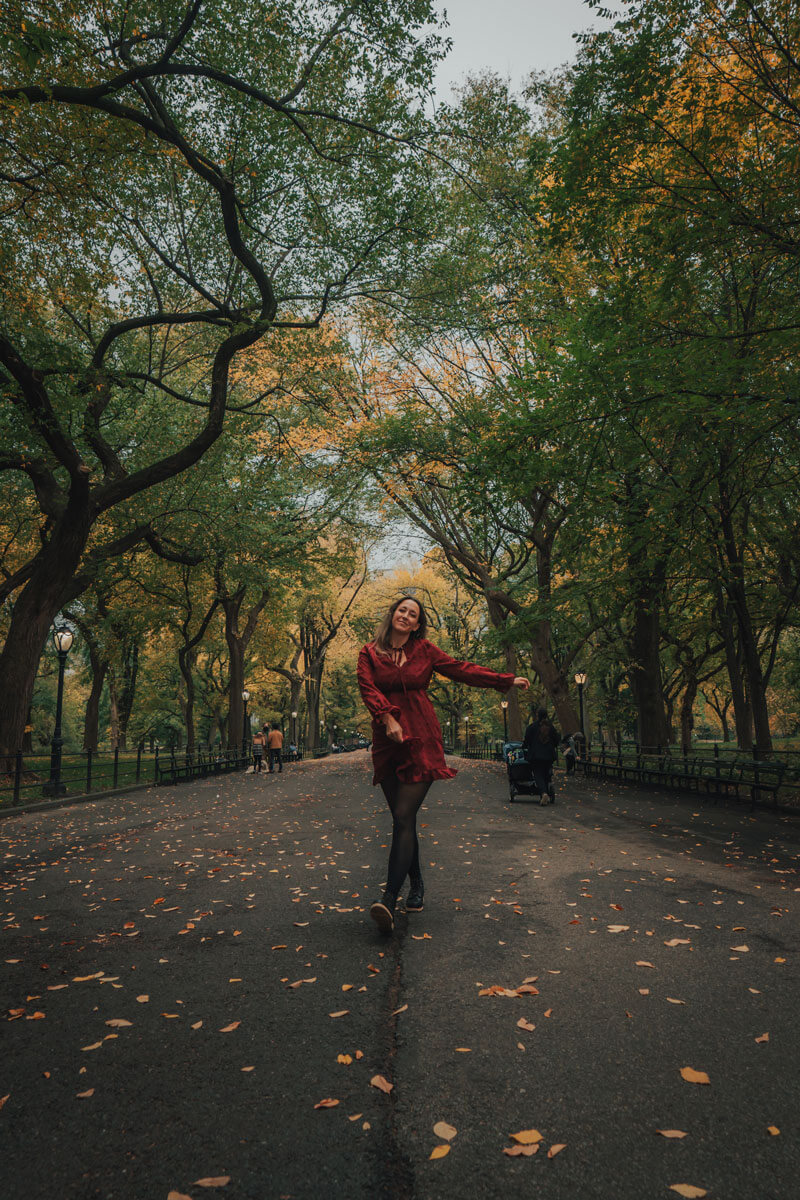
Beside each statue is signage denoting who the figure is and what his life and work consisted of, so for more brief history lessons like the one you can experience at the Seneca Village site, this path is ideal.
The Mall possesses the unique quality of being both a quiet place for contemplation and a lively scene of portrait painters, buskers, and people passing through, and grants visitors the capability of tuning into either aspect of its charm at will.
Because most of the statues were erected in the 19th century, the Central Park Conservancy website describes experiencing the Mall as something very close to the way it would have been experienced over a century ago. In a recent visit I took to the Mall, a jazz busker affirmed this notion as he strummed a guitar and sang “Everything Old is New Again”—it couldn’t have been more fitting.
The Women’s Rights Pioneers Monument
The most recent addition to the Mall and historic Central Park hidden gem is the first statue added in over 50 years: the Women’s Rights Pioneers monument. The cast bronze statue depicts Susan B. Anthony, Elizabeth Cady Stanton, and Sojourner Truth, and is the first statue erected in the park to depict real women.
This monument opened in 2020 to celebrate the 100th anniversary of the ratification of the 19th amendment, which granted the right to vote to women, this Central Park hidden gem gives a long-awaited salute to three of the most influential women of the suffrage movement, all of whom were New Yorkers.
The creation of this statue is not only a nod to 3 more iconic historical figures along the Literary Walk, but a statement recognizing the lack of women historical figures cast in bronze within Central Park.
The three pioneers are seen gathered around a table working and conversing, almost to depict the fact that their work to gain equality is not done, placing the ball squarely in the court of Central Park and its benefactors.
Someday soon this statue will likely be one of the more popular spots to visit in the park, but since it is still considered new, it remains a secret of Central Park on the rise towards outright fame.
The Ramble
The Ramble is one of the best hidden spots in Central Park, and lends itself well as an extremely quiet and peaceful place to avoid the noise of the city and even the rest of the park. Because it covers a large, 36-acre swath of land in the center of the park from around 74th street to 79th street, it is easy to find but also very easy to get lost in.
The narrow pathways through this woodland are perfect for a leisurely stroll or to sit down and relax on one of the many benches here, as the dense greenery protects the senses from the city streets.
Around each corner is another surprise, particularly at the northernmost border of the Ramble where one can climb a set of stairs expecting more woodlands, but instead rise out of the thicket to the sprawling view of the Great Lawn from Belvedere Castle.
The Ramble is also a hidden gem in Central Park for bird enthusiasts, who frequent this stop on the “Atlantic Flyway” to witness migratory birds going south for the winter.
Sheep Meadow
View this post on Instagram
Sheep Meadow is far from a secret of Central Park, but I would be remiss not to include it on this list as it is a wonderful spot for spring and summer fun amongst locals who flock to it on the weekends.
Located towards the southern end of the park around 68th street, this vast open field is one of very few of its size in NYC, which is most of the allure for city-dwellers. It was once an actual meadow for sheep to graze on, which were housed where the adjacent Tavern on the Green restaurant lies currently.
Sheep Meadow operates as almost an alternative to the beach that is accessible by a short train ride for most Manhattanites who come to tan, drink, (although alcohol is “strictly” prohibited everywhere in the park), throw Frisbees, and relax with friends.
The Great Lawn is another popular spot for such activities during the warmer months, but Sheep Meadow provides a continuous lawn space without the inhibition of dirt baseball or softball fields, and also a magnificent view of the city skyline on three sides.
This not so hidden gem in Central Park can be accessed from the 59th street opening at Columbus Circle, and is just a short 5-minute walk from there.
The Ravine
View this post on Instagram
Much like the Ramble, the Ravine is a hidden gem in Central Park that boasts a winding swath of woodlands and is one of the most peaceful areas to visit in the park.
Located in the northern section of the park above the North Meadow ballfields, the Ravine is lined by the Loch, a waterway constructed by park designers Olmstead and Vaux.
The Loch was widened and deepened in some areas out of an existing stream called Montayne’s Rivulet, and Olmstead and Vaux added 3 cascading waterfalls amongst the natural-appearing landscape to mimic areas of the Adirondacks in upstate New York.
Their intention in adding these hidden spots in Central Park was to provide visitors who might not be able to afford a vacation upstate some natural scenery of their own to enjoy. The designers’ hopes for this rustic urban getaway are met every day by those who stroll its paths and take in the sounds of cascading waterfalls, away from the city streets and even away from some of the more popular southern areas of the park.
If you love waterfalls, be sure to check out all the best hidden waterfalls in NYC! And if you’re a fan of these hidden gems check out our favorite secret parks in NYC too!

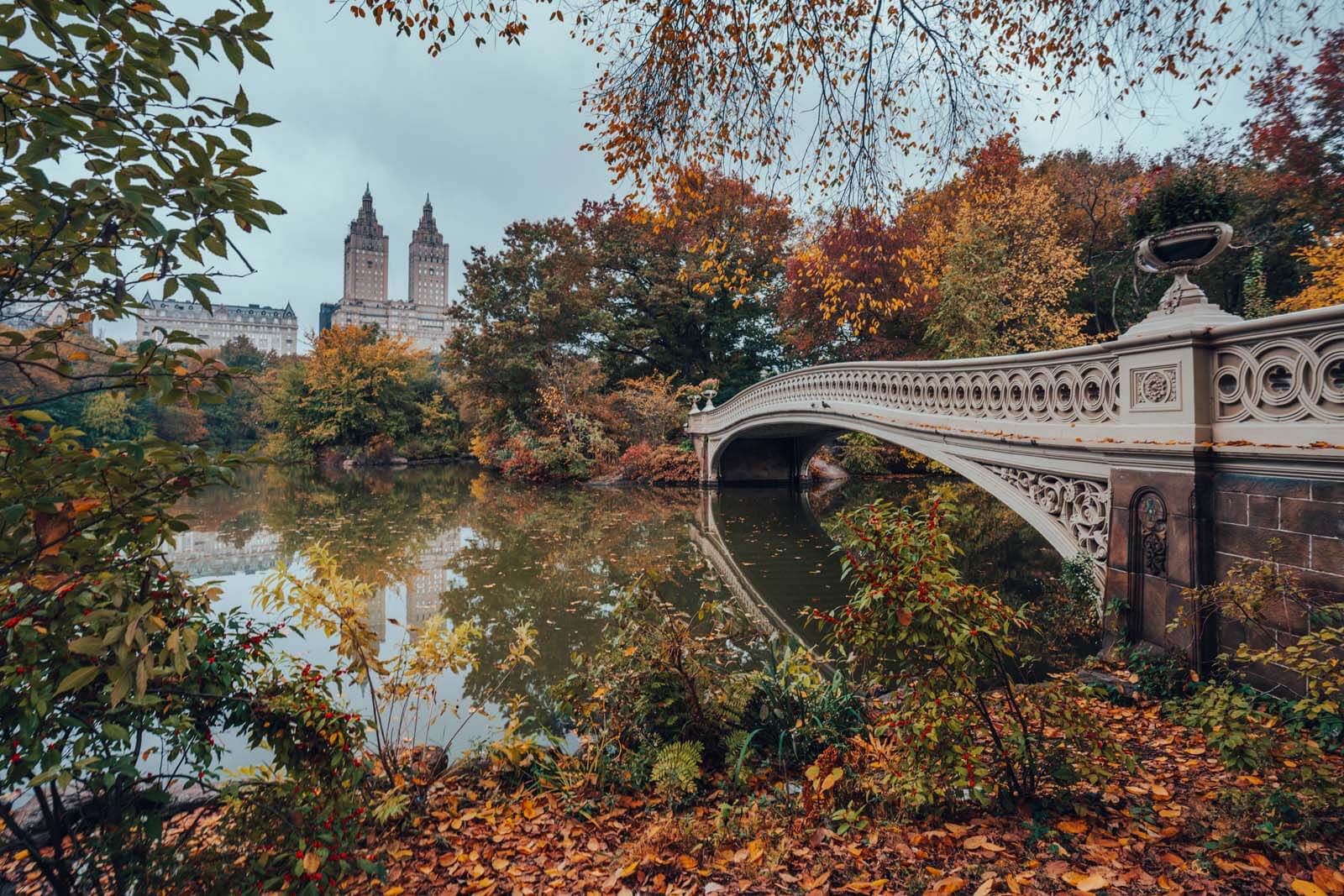
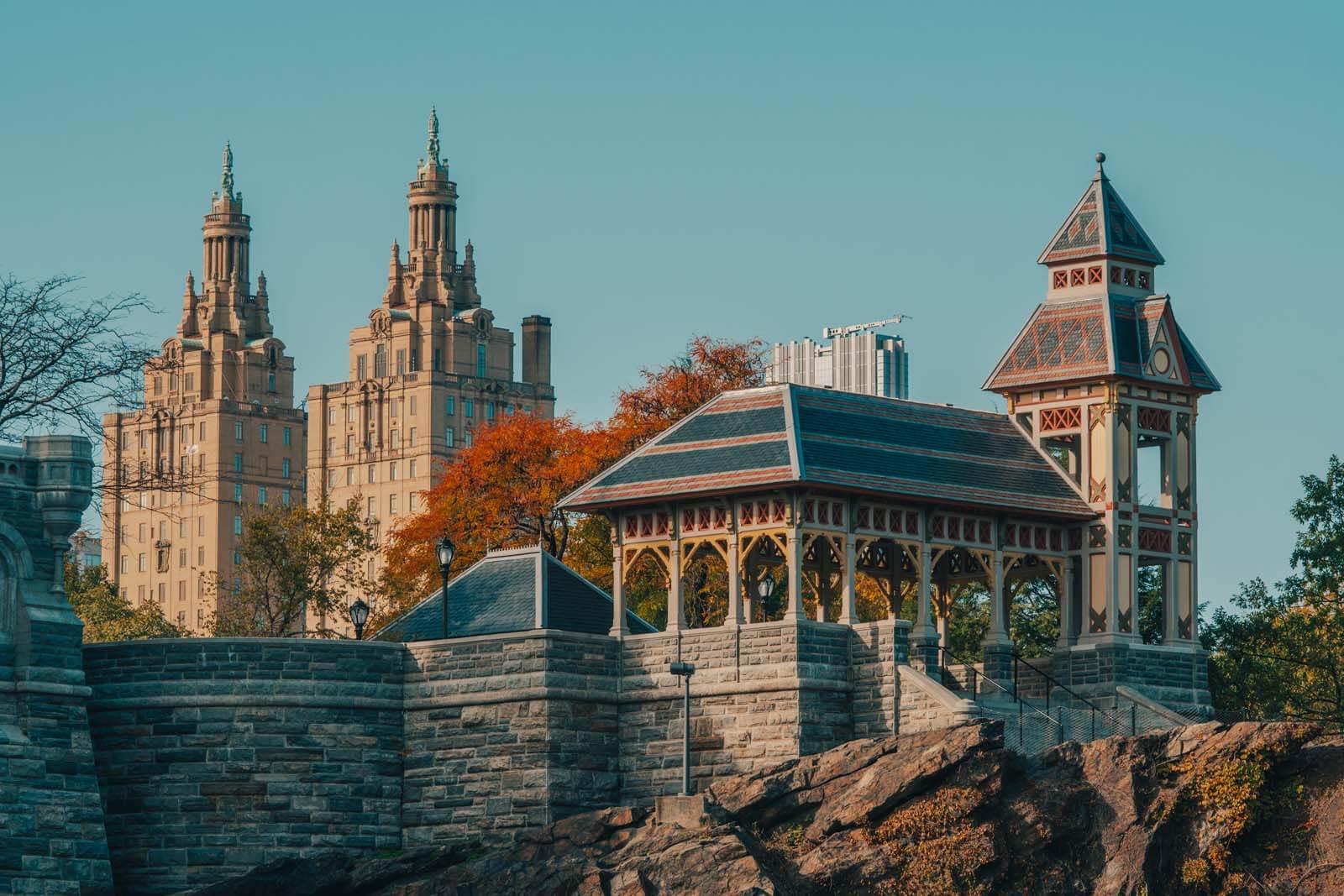
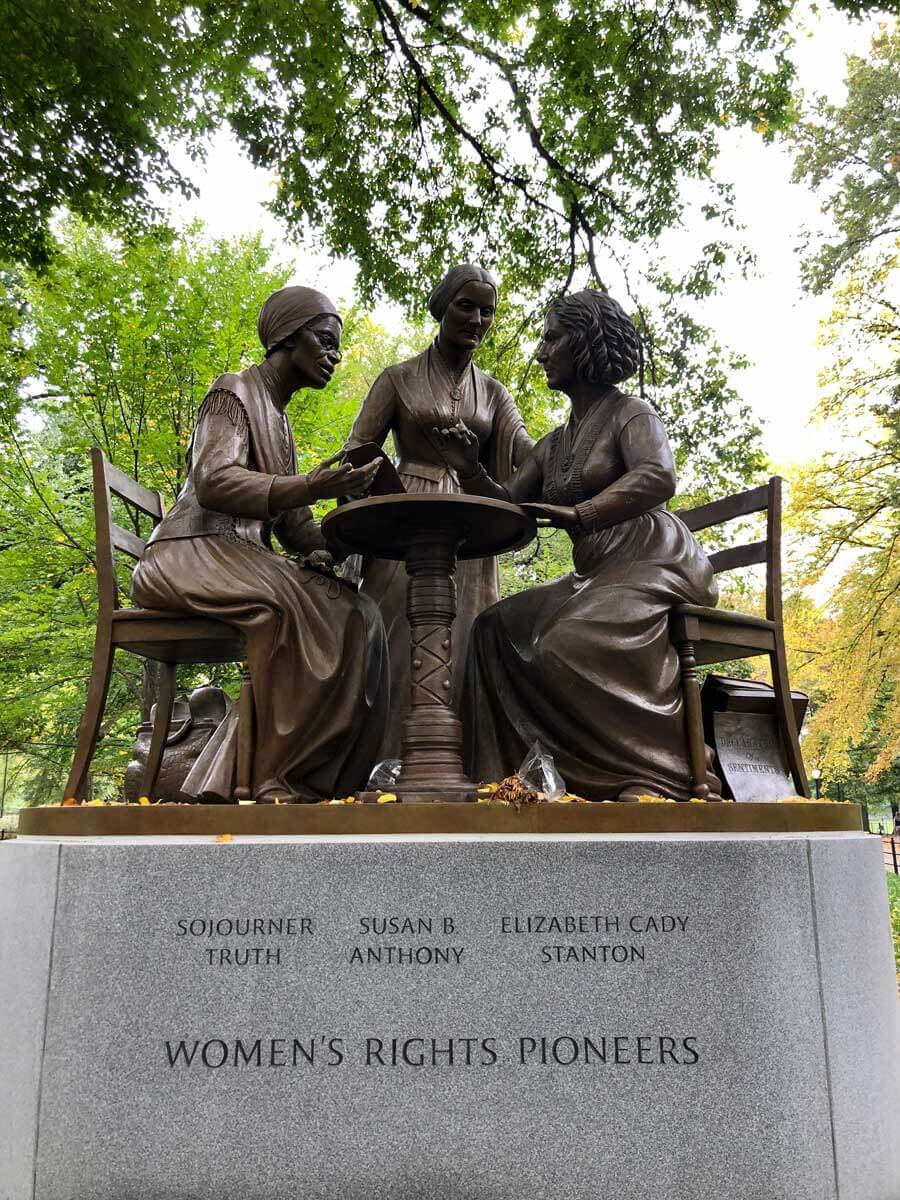
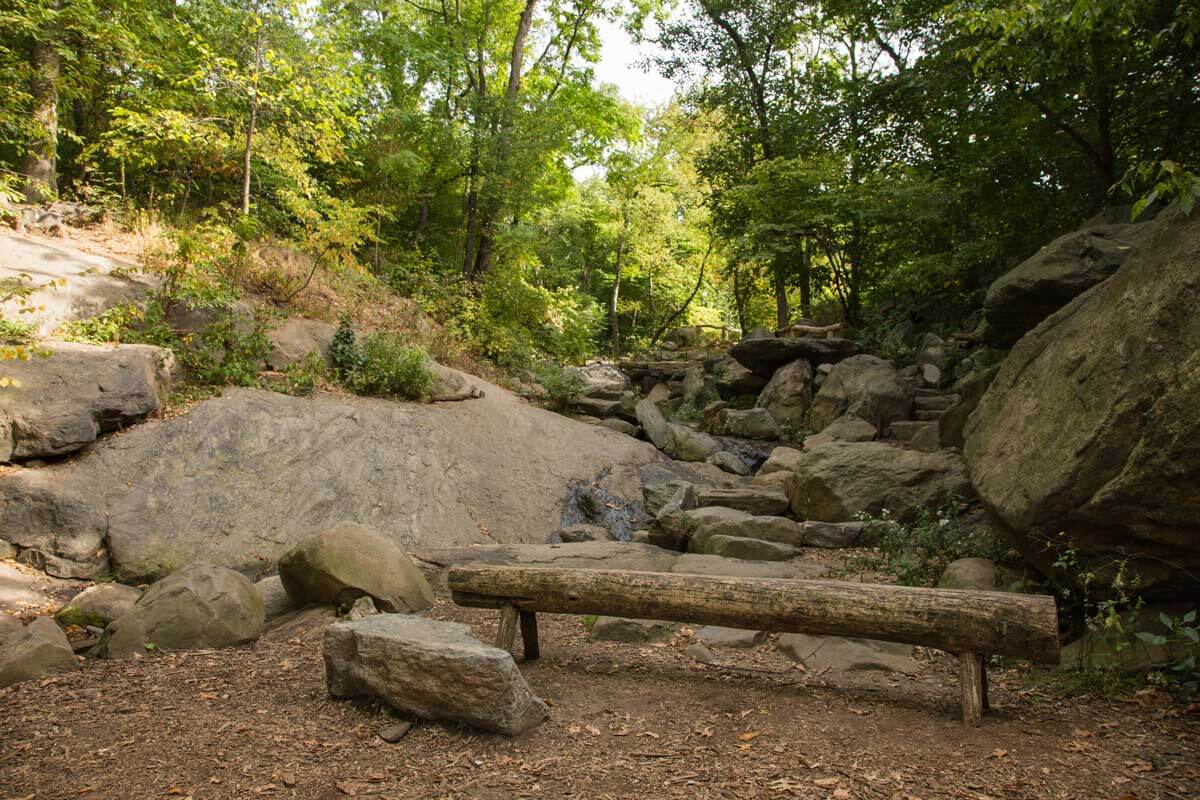
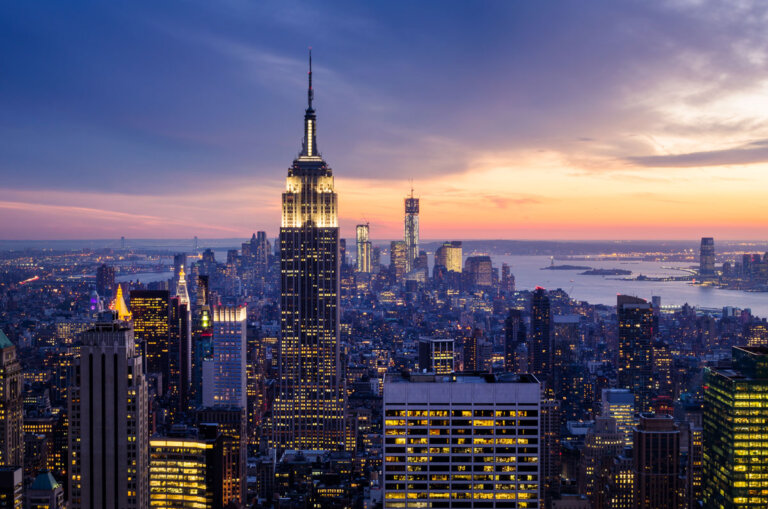
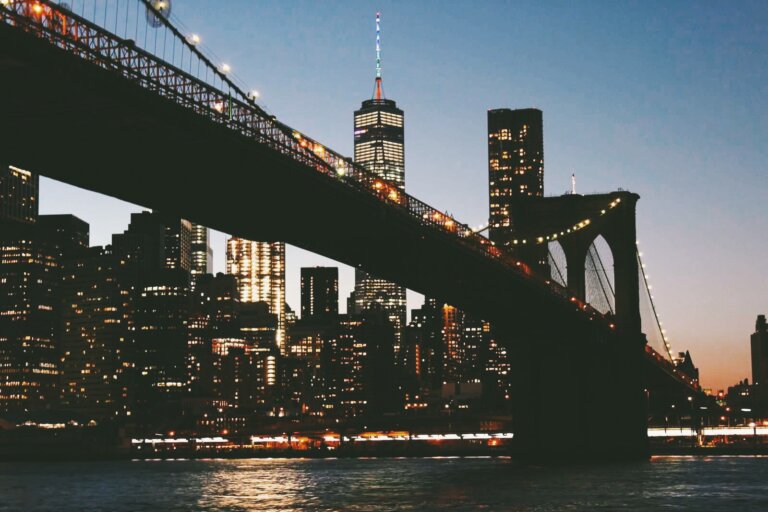
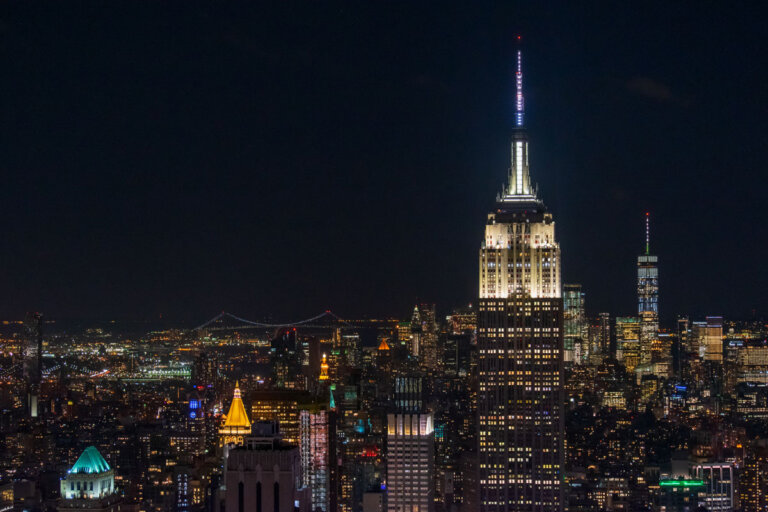
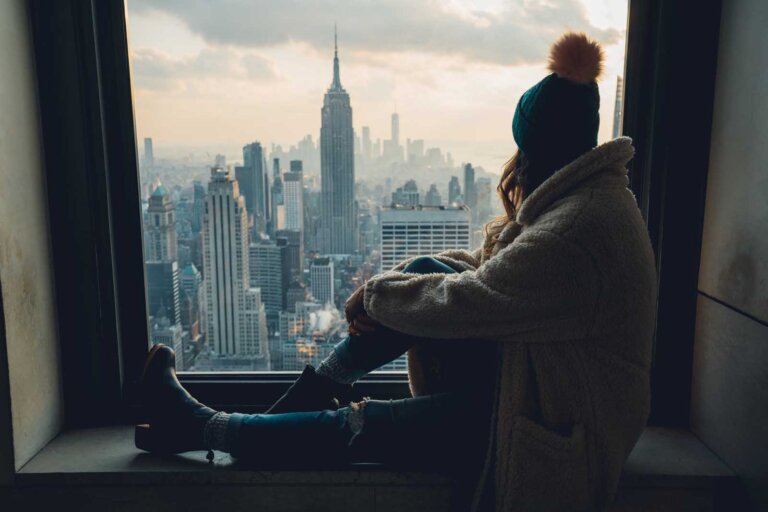
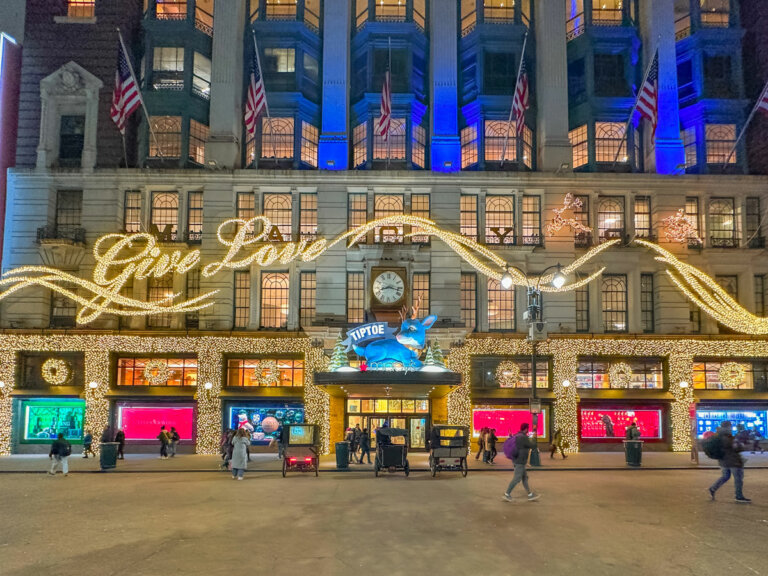
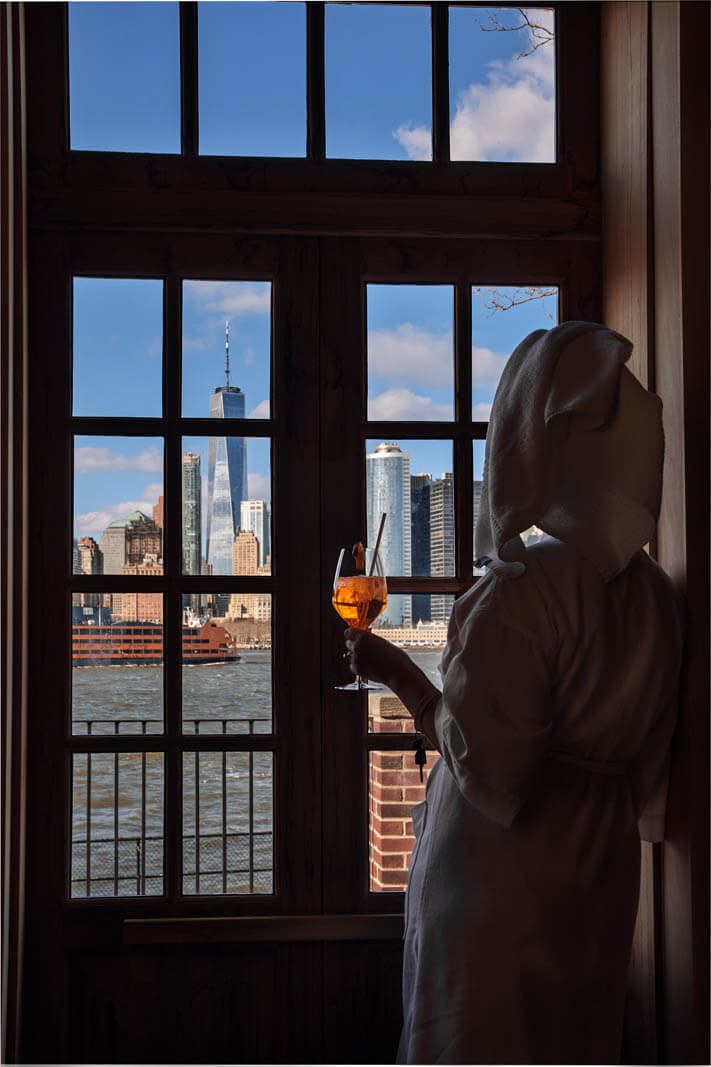
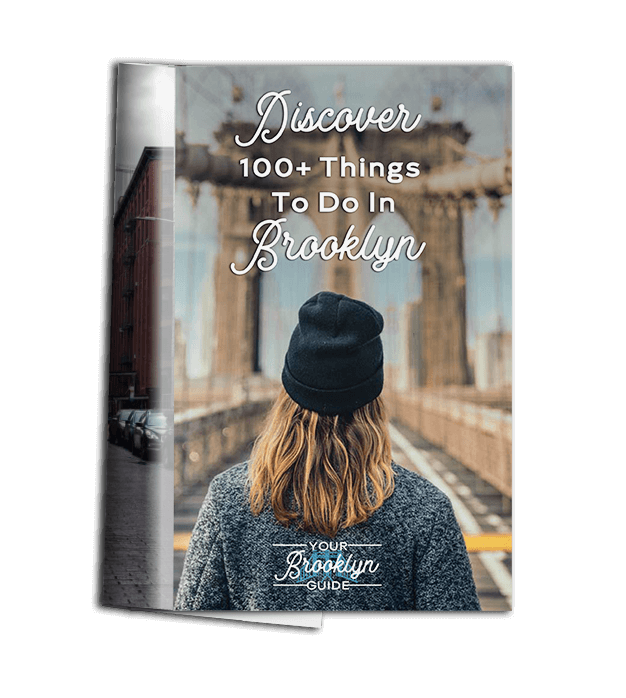


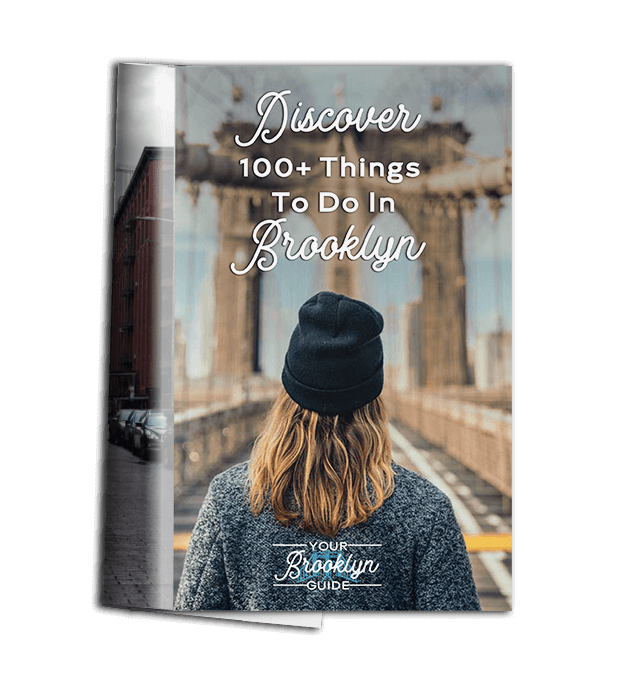

One Comment